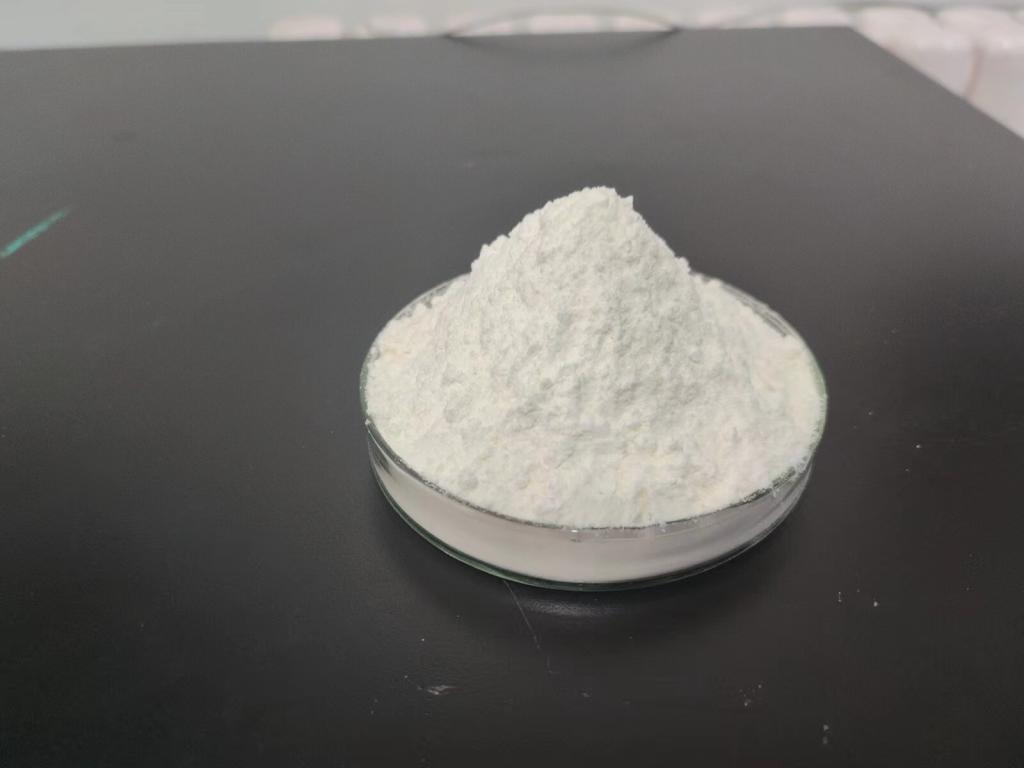Tel:+8618231198596

News
 CONTACT
CONTACT
 CONTACT
CONTACT
- Linkman:Linda Yao
- Tel: +8618231198596
- Email:linda.yao@dcpharma.cn
- Linkman:CHARLES.WANG
- Department:Overseas
- Tel: 0086 0311-85537378 0086 0311-85539701
News
Current Position:
Home >
News
>ε-Polylysine Hydrochloride and Food Texture: Preserving Quality Beyond Taste
ε-Polylysine Hydrochloride and Food Texture: Preserving Quality Beyond Taste
TIME:2023-12-21
1. Introduction:
The sensory journey of consuming food involves more than just taste; texture plays a pivotal role in shaping the overall gastronomic experience. ε-Polylysine hydrochloride, traditionally acknowledged for its antimicrobial efficacy, is emerging as a key player in preserving food texture. This article delves into the intricate connections between ε-polylysine hydrochloride and food texture, unraveling the impact it has on maintaining the structural and sensory qualities of diverse food items.
2. The Significance of Food Texture:
Texture is a fundamental attribute that contributes to the pleasure and satisfaction derived from eating. It encompasses a spectrum of sensations, including crispiness, creaminess, chewiness, and juiciness, among others. The interplay of these textural elements defines the uniqueness of various foods and influences consumer preferences.
3. The Antimicrobial Role of ε-Polylysine:
Before delving into its impact on texture, it is crucial to understand the primary function of ε-polylysine hydrochloride – its antimicrobial properties. Derived from the fermentation of Streptomyces albulus, ε-polylysine is effective against a wide range of microorganisms, making it a valuable natural preservative in food applications.
4. ε-Polylysine Hydrochloride in Food Preservation:
The antimicrobial capabilities of ε-polylysine hydrochloride make it a potent ally in the realm of food preservation. Its ability to inhibit the growth of spoilage microorganisms and foodborne pathogens extends the shelf life of perishable products, contributing to the freshness and safety of various food items.
5. Beyond Preservation: Texture Preservation with ε-Polylysine:
While the primary application of ε-polylysine hydrochloride is preservation, its influence on food texture is an intriguing dimension. Research has indicated that ε-polylysine can play a role in preserving the structural integrity and textural qualities of foods, going beyond its traditional role as a preservative.
6. Influence on Bakery Products:
Bakery products, such as bread and cakes, rely heavily on texture for their appeal. The incorporation of ε-polylysine hydrochloride in these products has shown promise in preserving their freshness, preventing staleness, and contributing to a desirable mouthfeel. The compound's impact on the gluten structure and moisture retention plays a crucial role in maintaining the textural quality of baked goods.
7. Enhancing the Crunch in Snack Foods:
Snack foods owe much of their popularity to their unique textures, often characterized by crunchiness. ε-Polylysine hydrochloride, when applied as a preservative, has been observed to contribute to the maintenance of crispiness in snacks. This quality preservation enhances the overall eating experience and extends the shelf life of these products.
8. Dairy and Desserts: Creaminess and Consistency:
In dairy products and desserts, where creaminess and consistency are paramount, ε-polylysine hydrochloride has demonstrated its ability to contribute to these textural attributes. Its influence on the stabilization of emulsions and prevention of syneresis in certain products enhances their overall quality.
9. The Impact on Meat and Poultry: Juiciness and Tenderness:
In the realm of meat and poultry, texture is synonymous with juiciness and tenderness. The application of ε-polylysine hydrochloride has been explored for its potential to preserve these textural attributes, ensuring that meat products maintain their succulence and palatability over an extended shelf life.
10. Challenges and Considerations:
While the potential of ε-polylysine hydrochloride in preserving food texture is promising, challenges exist. These include dosage optimization, potential interactions with other ingredients, and the need for a comprehensive understanding of how ε-polylysine interacts with the unique characteristics of different food matrices.
11. Future Directions and Innovations:
As research continues to uncover the nuances of ε-polylysine hydrochloride's impact on food texture, future directions may involve fine-tuning formulations for specific applications. Innovations in delivery methods and synergistic combinations with other texturizing agents may unlock new possibilities for enhancing and preserving food textures.
12. Conclusion:
The journey of ε-polylysine hydrochloride from a potent antimicrobial agent to a texture-preserving ingredient reflects the dynamic nature of food science. Its role in maintaining the structural integrity, mouthfeel, and overall sensory appeal of diverse food products underscores its versatility and potential in the culinary landscape. As ε-polylysine continues to make strides in the preservation of food quality, its impact on texture adds a new layer of significance to its multifaceted contributions in the food industry.
- Tel:+8618231198596
- Whatsapp:18231198596
- Chat With Skype







